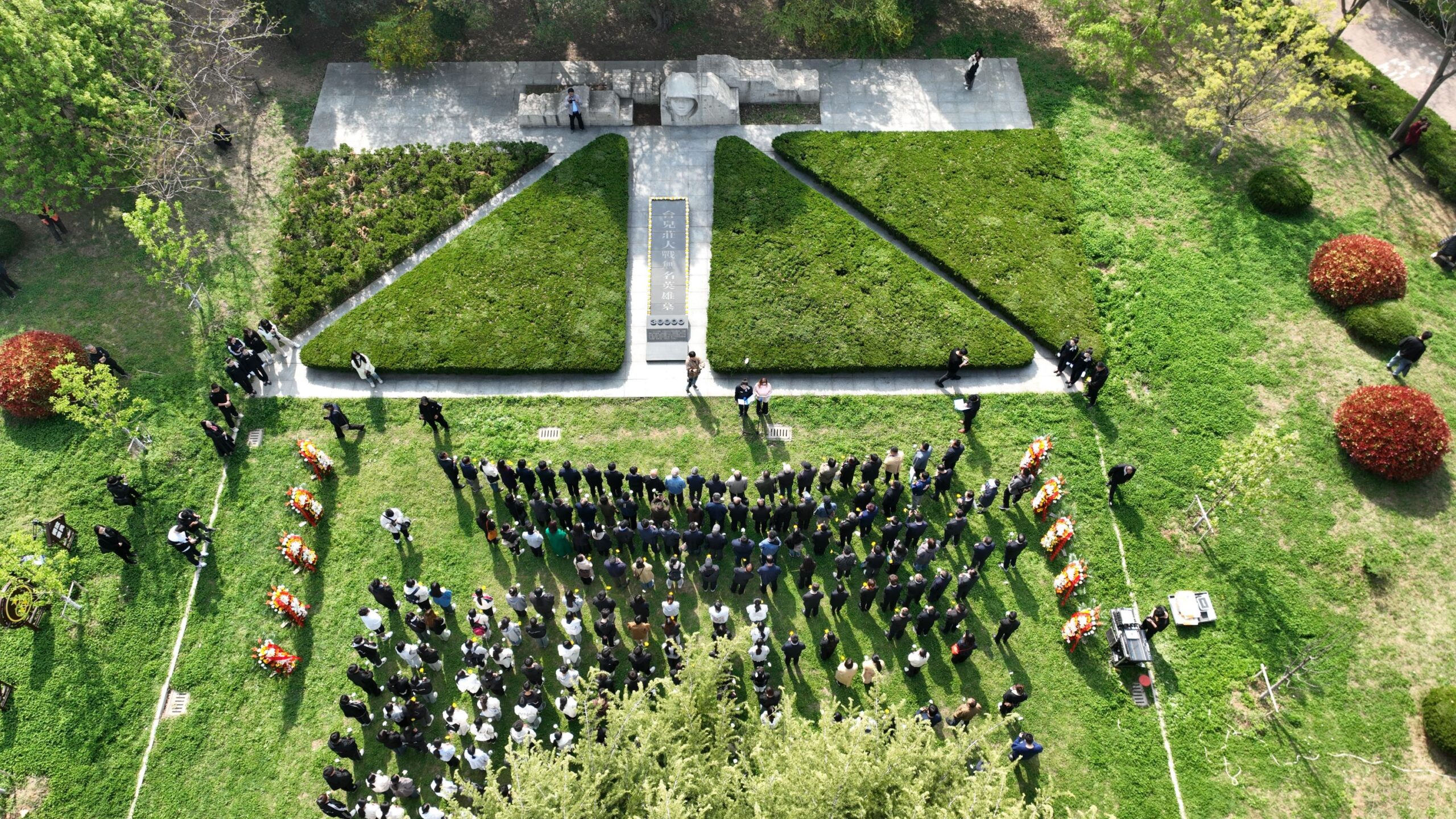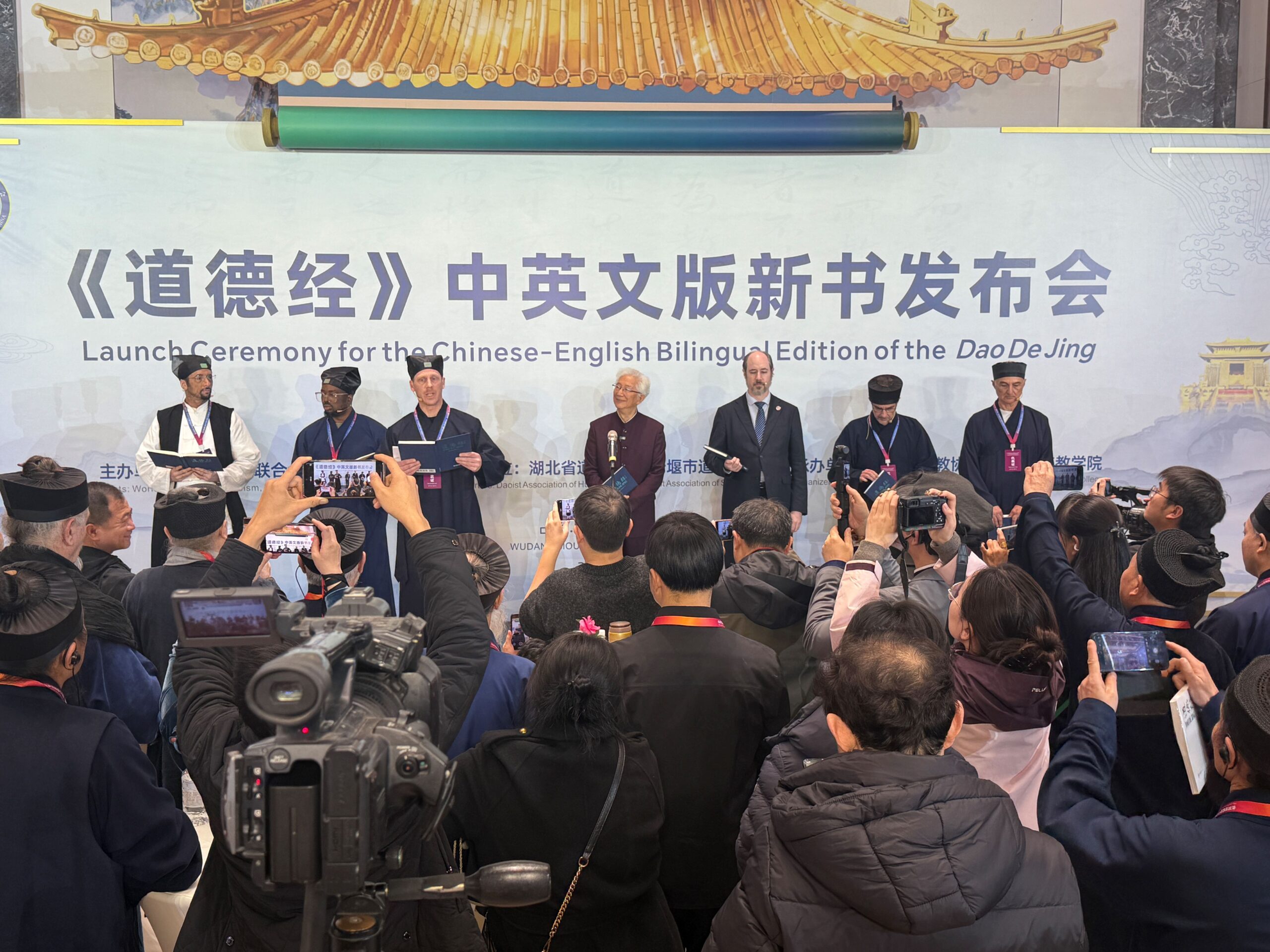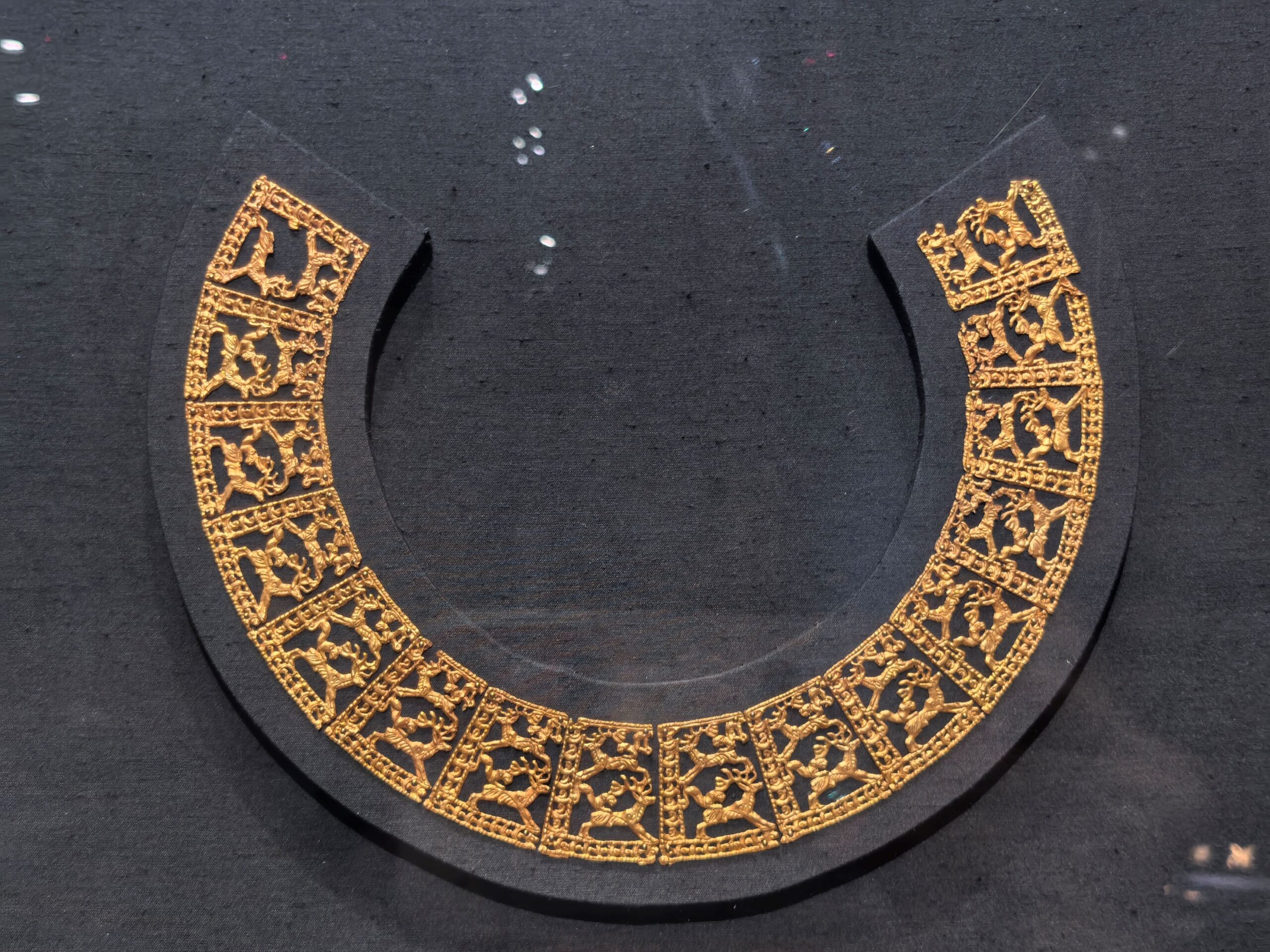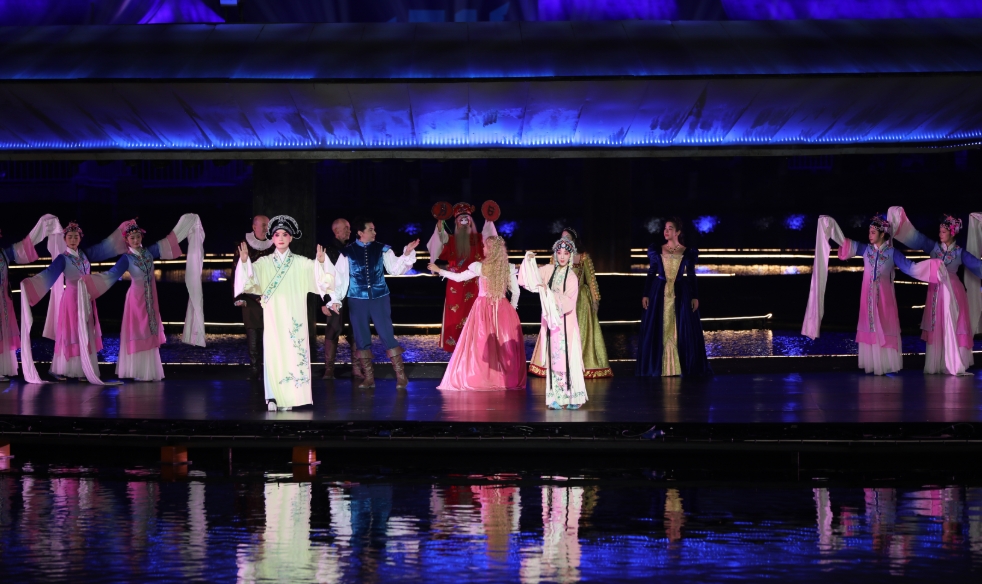The Battle of Taierzhuang in 1938 marked a turning point in China’s resistance against Japan, drawing international attention and boosting national morale during World War II.
“There may be numerous places indicating the turning point of history – Waterloo, Gettysburg, Verdun. And today, there is another place, Taierzhuang.” Robert Capa, one of the world’s most famous war correspondents, wrote these words 87 years ago. His dispatch, published in LIFE magazine in 1938, brought the story of a Chinese victory to an international audience.
A Significant Moment
In March and April 1938, Chinese forces and invading Japanese troops fought for nearly a month in the small town of Taierzhuang, on the border of Shandong and Jiangsu. The fierce clashes destroyed large numbers of Japanese troops and equipment. For China, the victory was more than a military success—it shattered the myth of Japanese invincibility and bolstered national confidence at a critical moment.
The battle was not only a turning point in China’s history but also caught the world’s attention. More than ten foreign correspondents, from the United States, Britain, and France, travelled to the front lines. International newspapers such as The New York Times and The Times of London reported on the victory, framing it as a significant moment in China’s resistance against Japan.

Walking Through History
To honour the memory of the battle, the Taierzhuang Battle Memorial Hall was built in 1992. Inside are blood-stained letters, helmets marked by bullets, rusted rifles, and more than 2,000 artefacts that recall the month-long struggle. The names of fallen heroes cover a wall known as the “Light of the Nation.”
The old town, which was badly damaged during World War II, was rebuilt in 2008. Today, it is a cultural heritage site where 53 preserved wartime ruins stand alongside restored streets. According to the local tourism group, Taierzhuang has welcomed nearly 87 million visitors, including both Chinese and international tourists.
Written by Chen Wang, additional reporting by CNS.
If you like this article, why not read: Qiaogou: The Battle That Ignited China’s Resistance











